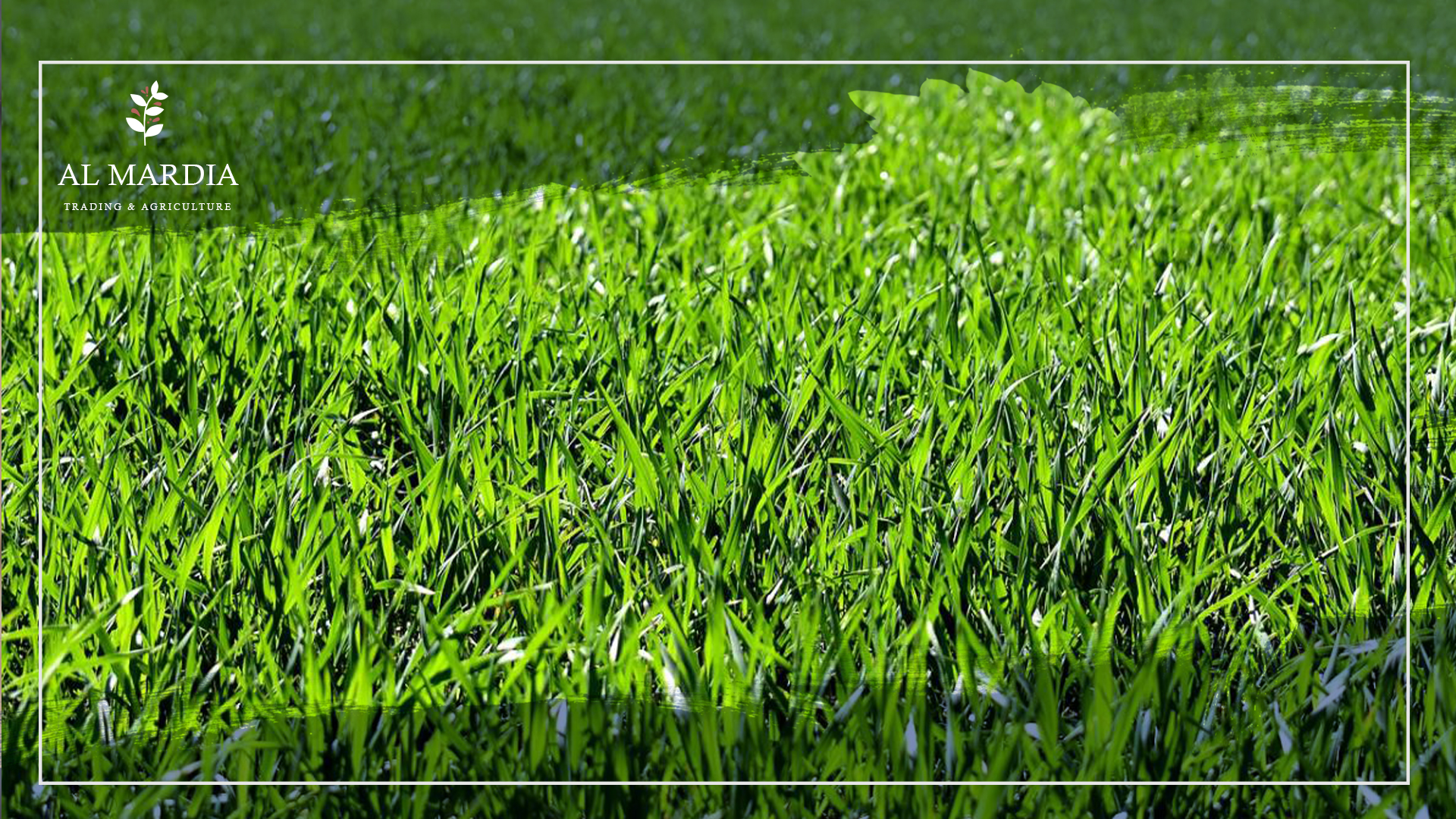

How to Get an Organic Green Lawn
Organic lawn care is essential for a healthy, vibrant lawn. Healthy soil is the key to achieving this, as it provides essential nutrients and organic matter necessary for a beautiful, lush lawn. The concept of creating healthy soil starts and ends with organic green lawn care practices such as aeration, composting, mulching, and mowing. By understanding the importance of healthy soil and implementing these practices regularly, you can create the perfect environment for an organic lawn that will stay beautiful year-round.
Healthy soil free from contaminants and synthetic fertilizers that can harm microorganisms is key to a flourishing lawn. Furthermore, having an organic turf with a deep, rich layer of mulch provides essential nutrients back to the earth.
Turfmax is an all-natural fertilizer for lawns and indoor plants derived from sugarcane molasses, organic carbon, plant matter, and other organic materials. It helps maintain healthy growth, even in adverse weather conditions.
Microorganisms and soil health management:
Microorganisms play an essential role in the health of your lawn’s soil. They are the unsung heroes of soil fertility, providing key nutrients and improving its structure. Not only do they improve soil fertility by fixing nitrogen from the atmosphere, but they also break down organic matter to release essential nutrients and combat disease-causing organisms.
By encouraging healthy microorganism populations in your lawn’s soil, you can maximize its productivity without resorting to costly herbicides and pesticides.
Microorganisms play an integral role in the dissolution of minerals and nutrients from rocks, as well as in the decomposition of thatch and other organic matter. This process helps to de-thatch, providing beneficial humus and increasing water and nutrient availability for plants. Thus, microorganisms are an essential part of soil health and fertility. These are only some of the advantages that a healthy population of microorganisms can bring to the soil of your lawn.
But what can we do in order to foster the proliferation of microorganisms in the soil?
Initially, it is important to add more organic materials such as compost and grass clippings in order to maintain the garden. At the same time, it should be avoided to use herbicides or other pesticides to avoid any possible harm they may cause.
Having healthy, abundant soil can offer numerous advantages. These include cost savings on fertilizers, water, and weed/disease control; as well as a reduction in the number of harmful chemicals released into the environment from runoff. and pesticide application.
Soil nutrients balance:
- For any lawn, whether it is newly established or existing, the initial step is to analyze the soil. This would ensure its well-being and a bountiful supply of beneficial microbes. The acidity-alkalinity balance (pH) of the soil is as critical for growing grass and its supporting bacteria. Plus, it is necessary for raising vegetables.
- Apart from the nitrogen, phosphate, and potash levels, other essential nutrients also have to be tested and monitored. Testing your soil for the organic content can be beneficial although not all laboratories offer such testing.
- The roots of healthy grass extend deep and wide, allowing oxygen to accumulate. Its blades grow healthily and are then naturally mulched back into the soil. This helps with creating an ideal environment for soil microbes.
pH level balance:
- Accurate and cost-effective pH testing kits are available for private use. Depending on the size of your yard, it is recommended to take multiple samples from a depth of five inches from different places. These samples can be further analyzed by visiting the local extension service.
- It is essential to adhere to the directions provided by your local cooperative extension service when compiling soil samples for testing. This includes removing grass, roots, and any other living matter before combining them into a single sample.
- The optimum soil pH for a lawn is between 6.5 (slightly acidic) to 7.0 (neutral). Variations within this range are also acceptable. However, soils with an alkaline reading of over 7.5 may cause the turf to suffer from iron chlorosis. This means it cannot take up iron properly. As a result, the grass takes on a yellowish tone instead of the desirable deep green that most lawn enthusiasts look for.
Lawns need Compost
To ensure optimal growth and soil health, having a lawn that contains at least 3% organic material is essential. Adding compost to any existing soil won’t cause any damage, just make sure you follow these two guidelines below:
- Prior to sowing seeds on a new lawn, it is essential to fertilize the soil. This means blending three or more inches of compost into it. In cooler regions, this should ideally be done during the autumn season in order to prevent weed germination when spring arrives.
- Maintaining a balanced pH level in your compost should be done just like your soil. We recommend introducing lime to counter acidity and sulfur to counter alkalinity.
To conclude, cultivating a healthy population of microorganisms in the soil and maintaining the pH levels of both soil and compost is essential for having a successful organic lawn.
Choosing a soil that is well-aerated, porous and moisture-retaining can help promote strong root growth. It can also create an environment that weeds have difficulty competing with. Additionally, it is recommended to apply a moderate amount of nitrogen to the grass at the end of the growing season. This would ensure that it has sufficient resources for springtime growth.
Related topic
Soil Organic Matter
Common Questions:
-
How can we make the grass more sustainable?
Set the blade height of your mower to a higher level. You should also not dispose of the lawn clippings and refrain from pouring chemicals on it. Further, reduce its watering frequency and avoid being an excessive sprinkler guy. Additionally, limit your mowing frequency and leave behind leaves and weird parts on the lawn even after mowing.
-
Can you have a nice lawn without chemicals?
To reduce the use of chemical fertilizers, one can move to an organic, low-nitrogen fertilizer. This should be done twice a year – once when the soil starts to warm up in early spring and again in early fall. Organic nutrients are released gradually throughout the season, ensuring that they are available for plants when required.
-
How do I get a nice lawn without weeds?
In order to have the best lawn possible, the right type of grass needs to be grown in the area. Keeping blades sharp on mowers can ensure a clean cut without shredding or tearing. Appropriate watering is important to ensure healthy growth and fertilization will help with better nutrition in the soil. It is best practice to inspect your lawn for any damage as well as dethatching once a year.





